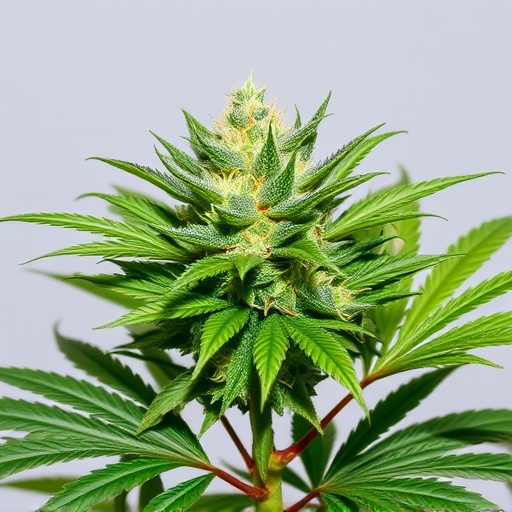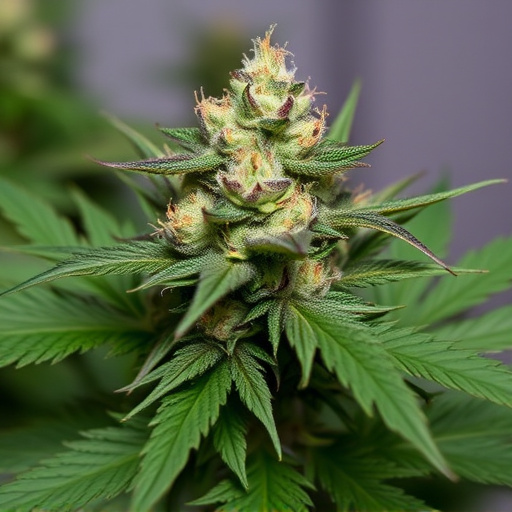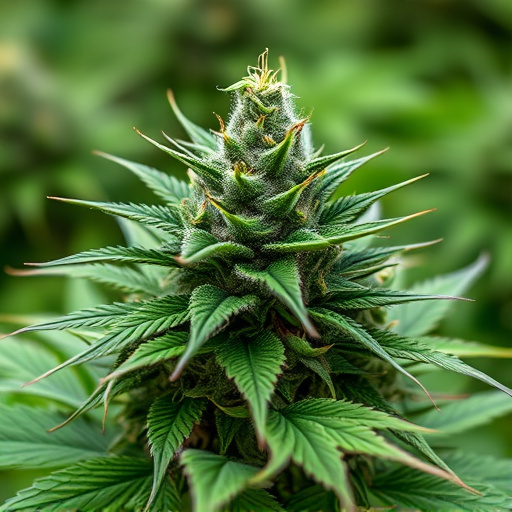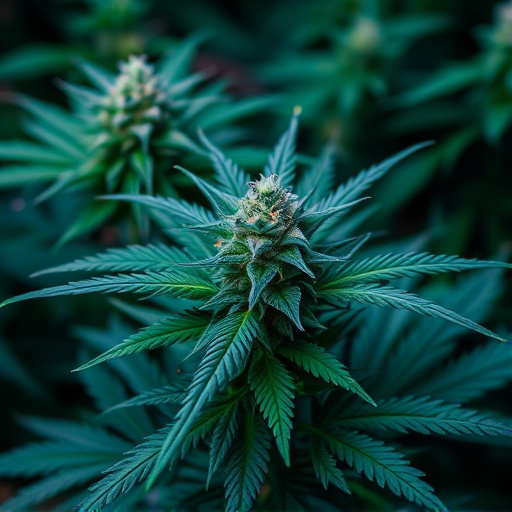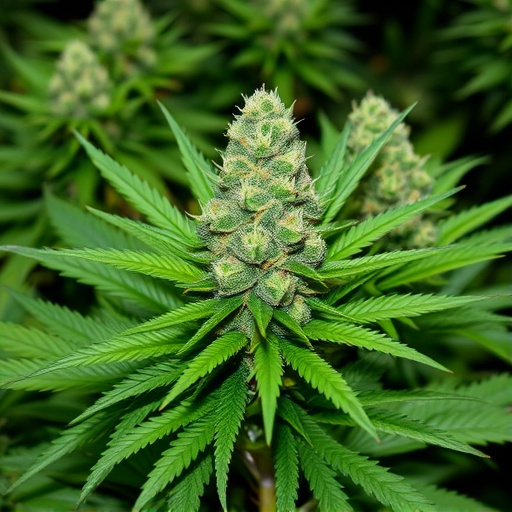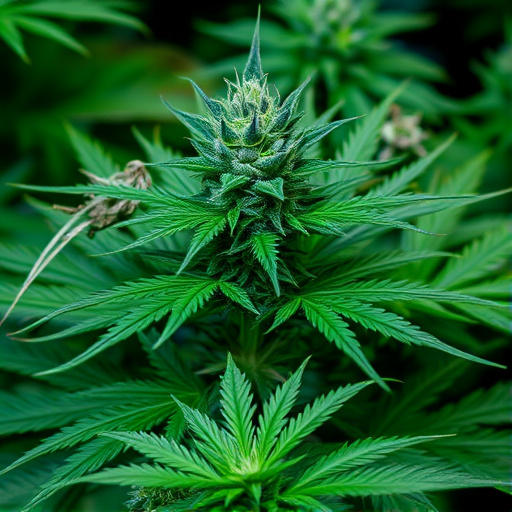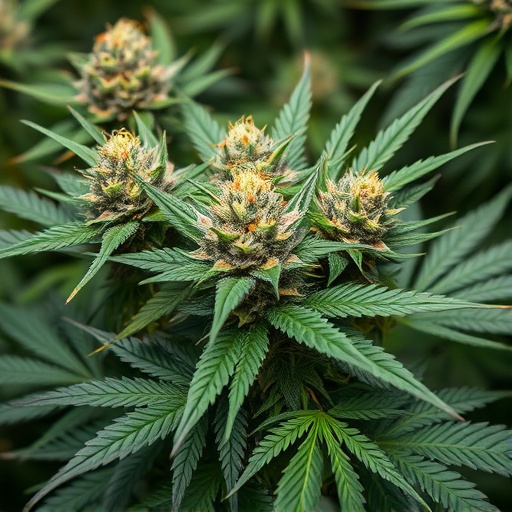Indica cannabis strains, known for their relaxing properties, often contain full-spectrum flower that preserves all natural compounds like terpenes, flavonoids, and minor cannabinoids. This holistic approach enhances therapeutic benefits through the "entourage effect," providing users with a diverse range of effects tailored to their individual needs. Comparing full-spectrum versus isolated cannabis reveals key differences: full-spectrum retains all compounds for unique aromatic profiles and potential synergistic effects, while isolated focuses on amplifying single cannabinoids with precision dosage control but may miss subtler indica strain benefits.
Curious about the distinction between full-spectrum and isolated cannabis flower? This guide breaks down the key differences, offering insights into two prominent categories within the diverse world of cannabis. From understanding the chemical profiles of full-spectrum cannabis, known for its holistic approach, to exploring the benefits of isolated strains focusing on specific compounds like THC or CBD, this article illuminates choices for both seasoned and novice consumers, with an emphasis on indica cannabis strains.
- Understanding Full-Spectrum Cannabis Flower
- Exploring Isolated Cannabis Strains
- Key Differences Between Full-Spectrum and Isolated Cannabis Flower
Understanding Full-Spectrum Cannabis Flower
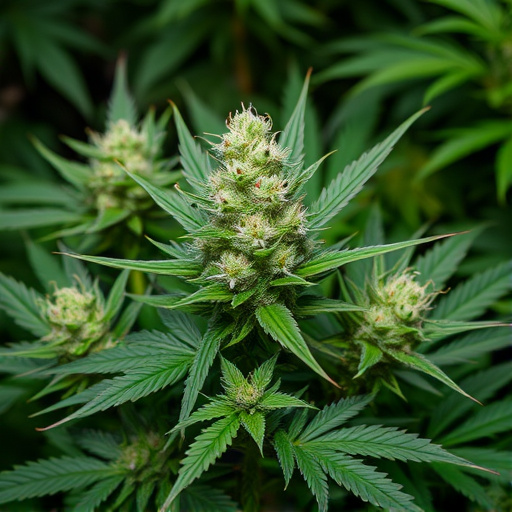
Full-spectrum cannabis flower refers to a type of cannabis that includes all the natural compounds found in the plant, including terpenes, flavonoids, and other minor cannabinoids, besides THC (tetrahydrocannabinol) and CBD (cannabidiol). Unlike isolated or broad-spectrum varieties, full-spectrum products preserve the complex interplay between these compounds, which can create what’s known as the “entourage effect.” This synergistic interaction is believed to enhance the therapeutic benefits of cannabis. Indica cannabis strains, popular for their relaxing and sedative effects, often showcase this full-spectrum profile, making them appealing to users seeking relief from stress, anxiety, or insomnia.
Full-spectrum cannabis advocates argue that preserving these diverse compounds results in a more balanced and holistic experience, as nature intended. The variety of terpenes and flavonoids contributes to the unique aroma, flavor, and potential medicinal properties of each strain. This complexity can offer users a broader range of effects, catering to individual preferences and needs, whether they’re looking for pain management, improved mood, or better sleep quality.
Exploring Isolated Cannabis Strains

When exploring the world of cannabis, one often stumbles upon terms like “full-spectrum” and “isolated.” These distinctions are crucial for understanding the unique properties and potential benefits of different cannabis flower types. Isolated cannabis strains focus on extracting specific cannabinoids, such as THC or CBD, leaving minimal other compounds. This process creates a pure form of a single cannabinoid, offering targeted effects. For instance, indica cannabis strains known for their relaxing and sedative qualities can be isolated to enhance these attributes without introducing other compounds that might interact differently.
Full-spectrum cannabis, on the other hand, retains all the natural cannabinoids, terpenes, and flavonoids present in the plant. This includes trace amounts of various other compounds, which may contribute to what is often described as a more holistic or entheogenic experience. While isolated strains offer targeted benefits, full-spectrum products are celebrated for their potential synergistic effects, where the whole plant’s chemistry works together to provide a complex and diverse range of outcomes, catering to a variety of consumer preferences and needs.
Key Differences Between Full-Spectrum and Isolated Cannabis Flower
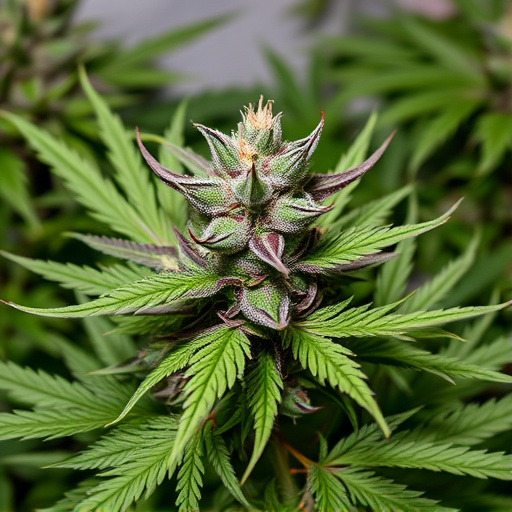
When it comes to differentiating between full-spectrum and isolated cannabis flower, understanding their key attributes is essential for discerning consumers. Full-spectrum cannabis retains all the natural compounds found in the plant, including terpenes and other minor cannabinoids. This means that each strain maintains its unique aromatic profile and potential therapeutic benefits derived from the entourage effect—wherein these compounds synergistically enhance one another’s effects. Indica cannabis strains, known for their calming and relaxing properties, often benefit from full-spectrum extraction methods, allowing users to experience a more holistic effect.
In contrast, isolated cannabis flower undergoes a refinement process to extract a single cannabinoid, most commonly THC or CBD. This isolation technique focuses on amplifying the levels of the chosen cannabinoid while minimizing others. Proponents of isolated extracts appreciate their purity and predictability, as they can control the desired cannabinoid’s dosage with precision. However, by removing the complex interplay of compounds found in full-spectrum oil, some users report a less nuanced experience, missing out on the subtle effects contributed by terpenes and other minor cannabinoids that are inherent to indica cannabis strains.
When choosing between full-spectrum and isolated cannabis flower, understanding the differences is key. Full-spectrum offers a diverse range of cannabinoids and terpenes, providing a more holistic experience, while isolated strains focus on a single cannabinoid like THC or CBD. Indica cannabis strains, for instance, can benefit from full-spectrum’s balanced effects, promoting relaxation and sleep. However, isolated forms may be preferable for targeted relief without the potential side effects of higher THC content. Ultimately, the best choice depends on individual preferences and desired outcomes.


